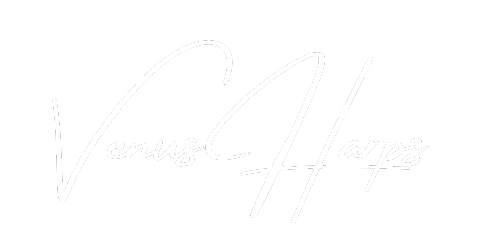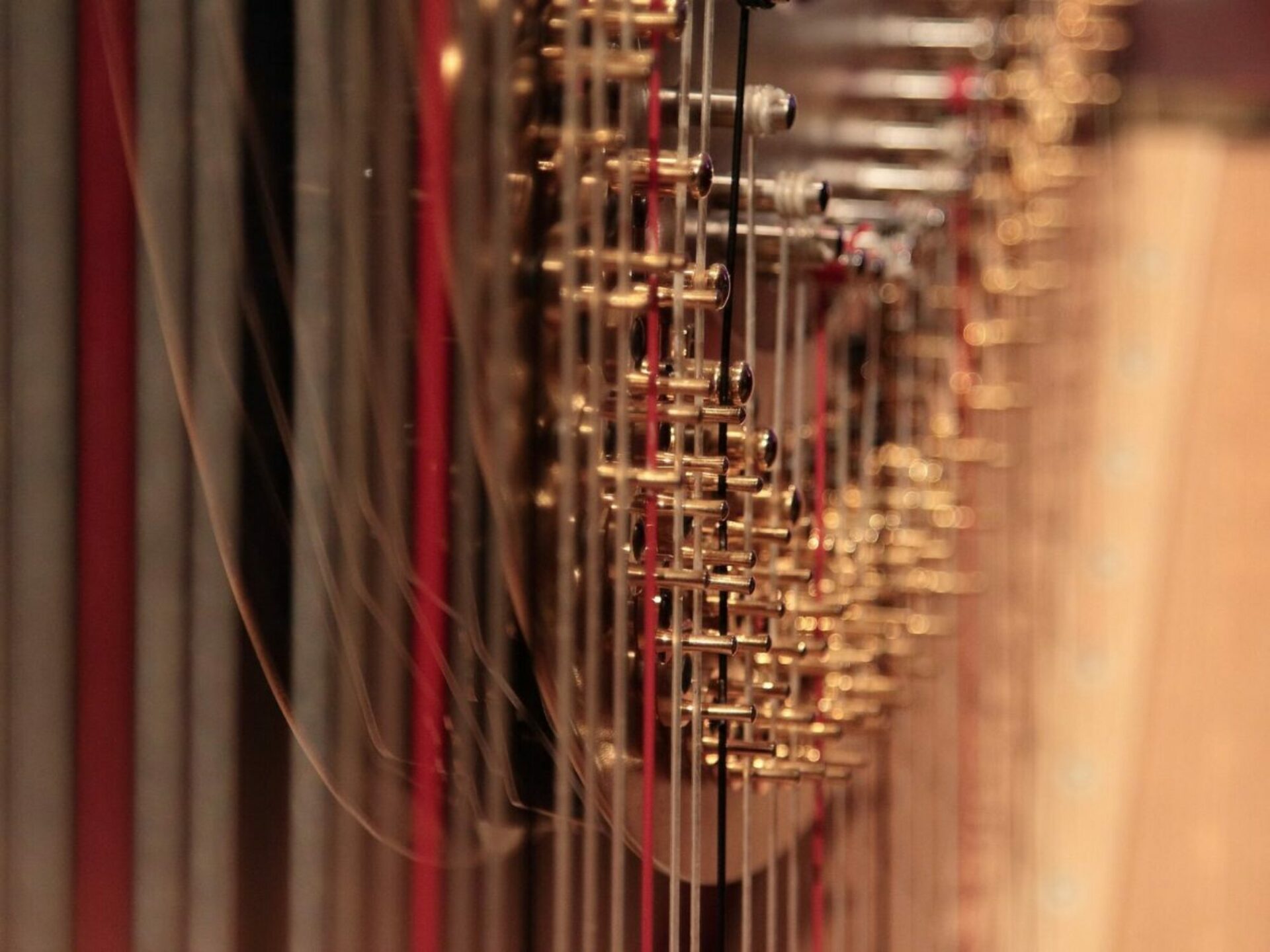The harp is a beautiful and timeless instrument that has captured the hearts of many classical music lovers throughout history. From its ancient origins to modern-day orchestras; the harp has been used to create some of the most iconic and influential pieces in classical music. This blog post will explore 10 of the most iconic harp pieces that every classical music lover should know.
First on our list is “Clair de Lune” by Claude Debussy.
This piece was composed in 1890 and is part of a larger suite of piano music called “Suite bergamasque.” “Clair de Lune” is known for its dreamy and ethereal quality, achieved through arpeggios and subtle dynamics. This piece has been used in countless films and television shows; cementing it as one of the most recognizable and beloved harp pieces ever.
The Planets: Venus, the Bringer of Peace” by Gustav Holst.
This piece was composed in 1916 and is part of a larger suite of music inspired by astrology. “The Planets” is known for its dramatic and powerful sound, achieved through a full orchestra and a prominent harp part. “Venus, the Bringer of Peace” features a hauntingly beautiful harp melody that adds to the otherworldly quality of the music.
Concerto for Harp and Orchestra in C Major by Wolfgang Amadeus Mozart.
This piece was composed in 1778 and is one of only two harp concertos that Mozart ever wrote. The harp is used prominently throughout the piece, with intricate and delicate passages that showcase the instrument’s beauty and versatility.
“Danse Sacrée et Danse Profane” by Claude Debussy.
This piece was composed in 1904 and is unique because it uses both a pedal harp and a chromatic harp. The piece features a beautiful and intricate melody played on the pedal harp, while the chromatic harp provides a contrasting accompaniment. “Danse Sacrée et Danse Profane” is a stunning example of Debussy’s innovative and imaginative approach to music.
“Sonata for Harp in C Minor” by Sophia Dussek.
Dussek was a renowned harpist and composer in the late 18th and early 19th centuries, and this sonata is one of her most celebrated works. The piece is known for its technical difficulty and beautiful melodic lines. Dussek’s use of the harp in this sonata is innovative and inspiring, making it a must-listen for any harp enthusiast.
“La Source” by Albert Zabel
This is another iconic harp piece that every classical music lover should know. Zabel was a harpist and composer in the late 19th and early 20th centuries. “La Source” is one of his most famous works. The piece is known for its intricate and delicate passages, which showcase the harp’s beauty and versatility. “La Source” is a beloved piece in the harp repertoire and has been performed by some of the world’s most renowned harpists.
The “Introduction and Allegro” by Maurice Ravel
This is must-listen for any harp enthusiast. This piece was composed in 1905 and featured a solo harp part, a string quartet, and a second harp. The piece is known for its virtuosic harp passages and its innovative use of the harp as both a solo and accompanying instrument. The “Introduction and Allegro” is a stunning example of Ravel’s unique and imaginative approach to music.
“Meditation from Thaïs” by Jules Massenet.
This piece was originally written for violin and orchestra but has since been transcribed for harp. The harp version is often played solo and is known for its hauntingly beautiful melody. The piece is a beloved harp staple and is often used in weddings and other special events.
“Andantino” from the “Concerto for Flute and Harp in C Major” by Wolfgang Amadeus Mozart.
This piece was composed in 1778. It is one of the few pieces that Mozart wrote for both the flute and the harp. The “Andantino” is known for its simple and elegant melody, which is shared between the flute and the harp. The piece is a favorite among flutists and harpists and is often performed in chamber music.
“Fantaisie for Harp and Piano” by Camille Saint-Saens.
This piece was composed in 1907. It’s known for its virtuosic harp passages and its intricate interplay between the harp and the piano. The piece is a stunning showcase of the harp’s technical capabilities and is beloved in the harp repertoire.
The harp has been used to create some of classical music’s most iconic and influential pieces. From the dreamy “Clair de Lune” by Debussy to the virtuosic “Fantaisie” by Saint-Saëns, these 10 harp pieces are a must-listen for any classical music lover. Whether you’re a seasoned harp enthusiast or a newcomer to the instrument, these pieces will surely captivate and inspire you.

